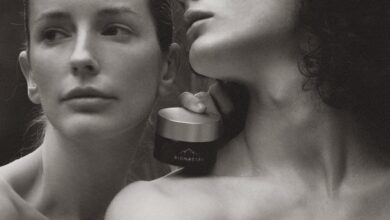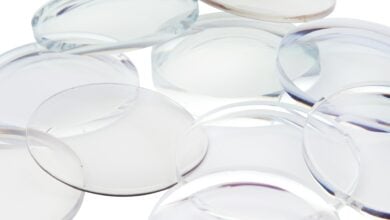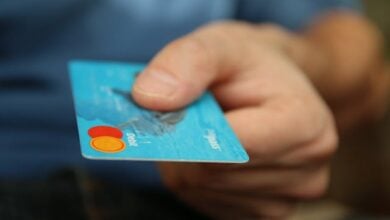Graphic design is an incredibly varied field. Depending on the agency or the designer in question, a business or website might have graphic design themes that are complex or elegant, ornate and fancy, or minimalist and simplistic.
The last category is a little trickier to execute in practice, despite ostensibly being the least complex of all graphic design philosophies. Let’s go over some of the best practices for minimalist graphic design now.
Eliminate Extra Elements
One great trick to adhere to no matter what is the elimination of extra elements. To minimalist graphic designers, any item or object within a page or screen must have a purpose or be deliberately placed there for a good reason.
The entire idea of minimalism forces you to strip away anything unnecessary so you’re down to the bare essentials. Keep this in mind and get rid of any extra elements that don’t need to be there, no matter how much you like them or how much you think they add to the overall design’s feel.
Use Whitespace Generously
Good minimalist designs will take ample advantage of whitespace. Note, of course, that whitespace doesn’t actually have to be white, but it does need to be blank and leave plenty of room between content or icons. Whitespace isn’t boring: it actually helps the information on the page to be easier to read.
You can even get creative and use whitespace to border or frame your content. Just check out how this graphic design service uses whitespace to border all of the important information in the middle of the page.
Each Screen Gets One Focal Point
Furthermore, your minimalist graphic design efforts will benefit if you keep only a single focal point on each screen or page (depending on whether you are designing for mobile or desktop sites/apps). Each page should have a single main piece or focal point for people to look at or receive the main message.
If you put more than one focal point on a screen, people can easily get confused and their eyes might wander, diminishing the effect of the minimalist aesthetic.
Use a Simple Color Scheme
It’s also a good idea to stick with a simple color scheme wherever possible. A simplistic color scheme won’t feel too “busy” or distracting and it allows you to use color in a more focused way, boiling down your client’s brand or mood into a few major hues. Again, this complements the minimalist theme and prevents people from becoming overwhelmed.
Only use colors that are absolutely necessary for the message you are trying to send.
Stick with a Simple Font
Lastly, always stick with a simple font if possible. Simplistic fonts are easier to read and fit the theme of the minimalist page more than a cursive or fancy font, which would look out of place. Simple fonts also help to give the page a down to earth look – fancy fonts can drive people away if they seem a little too luxurious or upper class.
Minimalism is a surprisingly tough aesthetic to master. But if you follow the above five practices, your next minimalist page will look fantastic.




